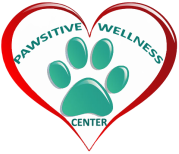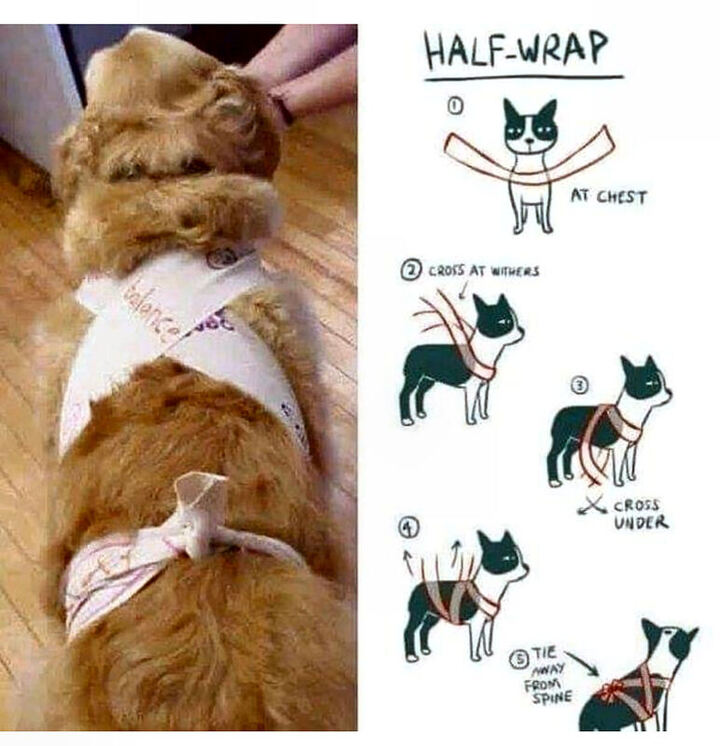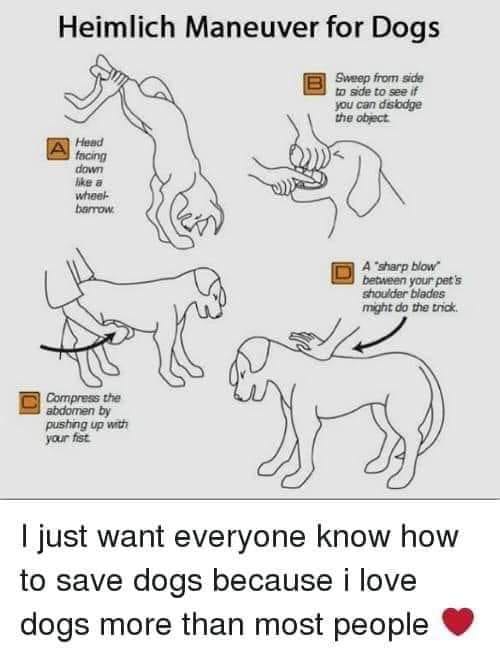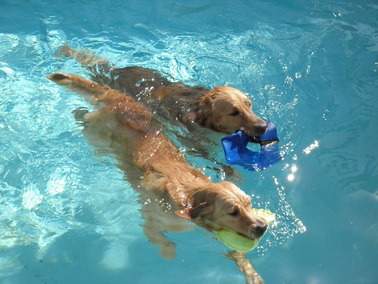Important Information for the Safety of Your Pets!
Poisoning, Home Made Wrap for Fears & Heimlick Maneuver
ANIMAL POISON CONTROL ~ PLANTS DANGEROUS TO YOUR ANIMALS!
THIS IS A GREAT SOURCE IF YOU THINK YOUR PET MIGHT HAVE
INGESTED A POISONOUS PLANT.
Here is a great resource of poisonous plants for your pet's safety from Proflowers
HOME MADE WRAP FOR DOG FEARS! (Similar effect of using a Thunder Shirt)
Below is how to make a wrap for your dog if they have Fears of Fireworks, Thunder and expositions! It is similar to using a Thunder Shirt but less costly and easy to do
Heimlich Maneuver for Large Dogs! Small dogs is below this video
How to keep your pet safe from Lyme Disease
Dogs and Swimming
Most people think that there is no limit to swimming for any age dog and that swimming is good for them. But when you think about it a little more, the canines in nature would not spend hours on end swimming. It is like any exercise keep it in moderation.
Swimming, for senior dogs should be taken lightly. that senior dogs, in general, should take it easy with swimming. I am not saying that you should not let your dog swim if he or she loves it, but it should be in moderation. Most dogs who love to swim would do it for hours on end but a dog that swims too long at one time can actually take on water and drown from oxygen depravation. A dog should take a break from heavy swimming at least every 15 minutes and not keep going for a long period of time. The dogs in the wild wouldn’t swim excessively. They would run during the hunt and then rest.
Swimming a great exercise and doesn’t strain any particular part of the body but it needs to be done in moderation like anything else.
Swimming, for senior dogs should be taken lightly. that senior dogs, in general, should take it easy with swimming. I am not saying that you should not let your dog swim if he or she loves it, but it should be in moderation. Most dogs who love to swim would do it for hours on end but a dog that swims too long at one time can actually take on water and drown from oxygen depravation. A dog should take a break from heavy swimming at least every 15 minutes and not keep going for a long period of time. The dogs in the wild wouldn’t swim excessively. They would run during the hunt and then rest.
Swimming a great exercise and doesn’t strain any particular part of the body but it needs to be done in moderation like anything else.



